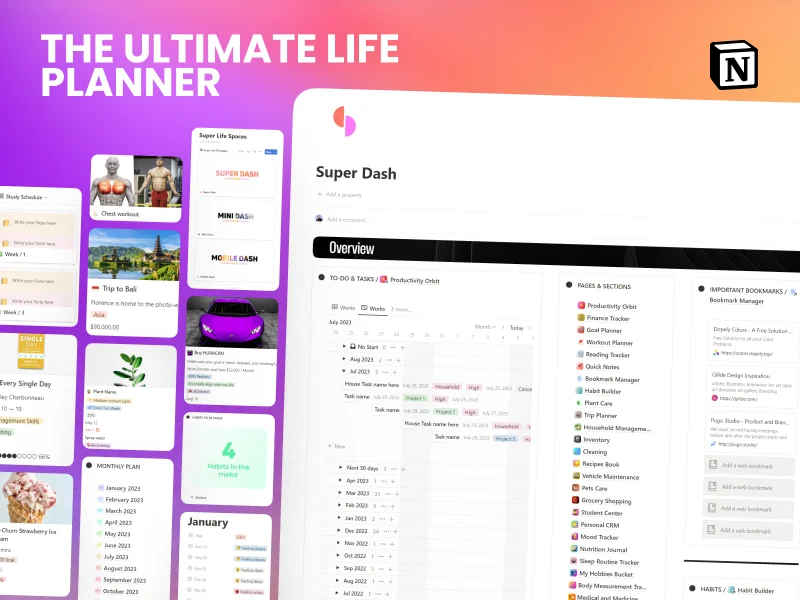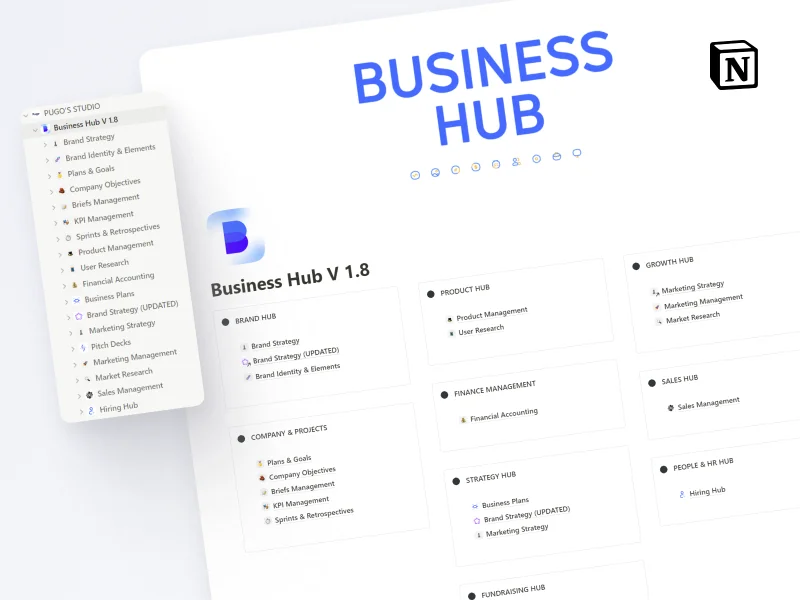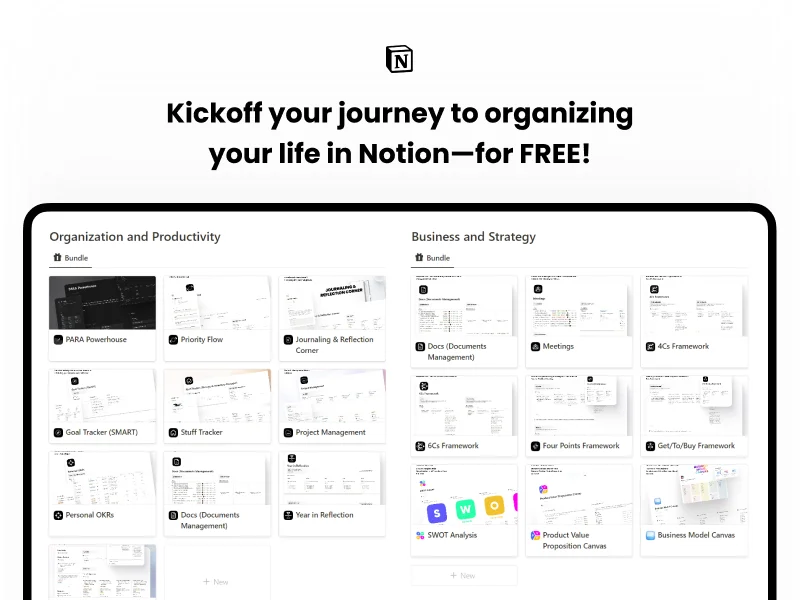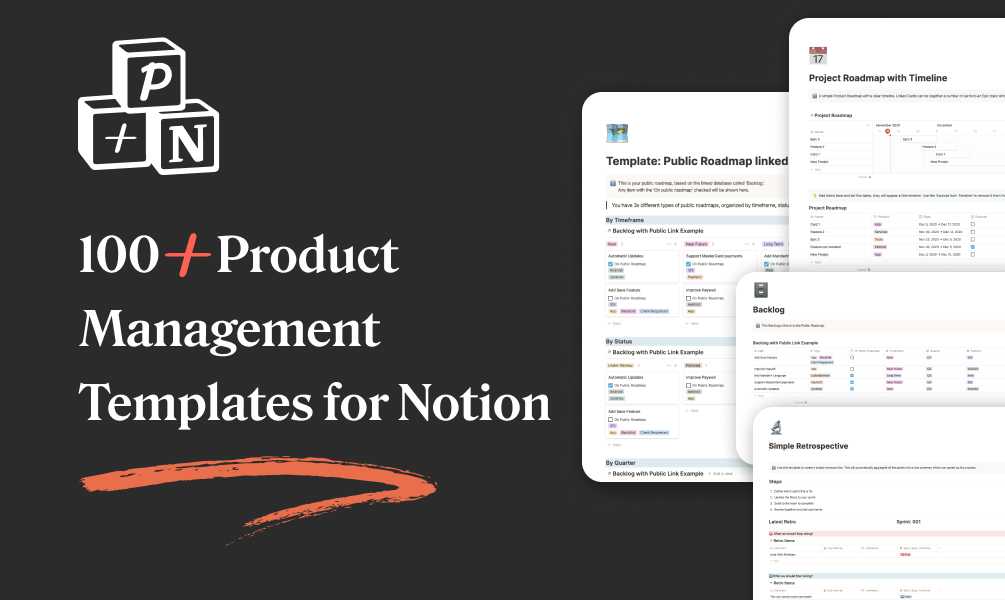Digital marketing is an ever-evolving field, and staying on top of the latest trends is crucial for effectively reaching and engaging your audience. In this blog post, we will explore some of the key trends in digital marketing for 2023, including email marketing, the importance of influencers, social media channels, and the rise of social commerce.
1. Email Marketing

Email marketing continues to be an effective strategy for engaging with customers, but it requires adapting to changing consumer expectations. Here are some important trends to consider:
1.1 Personalization
Personalization remains a top priority in email marketing. Audiences now crave more personalized connections with brands, so it’s essential to deliver relevant content tailored to their interests. Utilizing AI-driven approaches and dynamic content can help create a more personalized experience, making subscribers feel valued and engaged.
1.2 Appreciation
Customer appreciation emails, such as birthday greetings or thank you messages, foster deeper connections between brands and customers. By showing empathy and emotional connection, brands can build trust, inspire engagement, and foster loyalty.
1.3 Design
Email design plays a significant role in capturing and retaining the attention of subscribers. Creative and engaging designs, such as animated GIFs, dynamic effects, and cartoons, can create a friendly atmosphere and enhance the overall user experience. However, it’s important to strike a balance and not overload emails with excessive elements. Minimalism is also gaining popularity, so consider exploring trends like brutalist or neon designs to captivate your audience.
Remember to optimize your email designs for mobile devices, as the majority of users access emails from their smartphones.
2. Influencers
Influencer marketing has become a prominent strategy for brands to leverage social proof and reach wider audiences. Here are some influencer marketing trends to watch:
2.1 Mature Market
Influencer marketing is no longer limited to younger audiences. Brands now have the opportunity to target various age groups, expanding their reach and relevance.
2.2 Micro Influencers
Micro influencers, with fewer than 10K followers, are gaining traction. While they may have a smaller reach, they often offer higher engagement rates and niche audiences. This makes them a cost-effective option for smaller businesses and local brands.
2.3 More Niche
To avoid dilution of messaging and ensure better results, brands are seeking influencers who can cater to their specific niches. This trend has led to influencers creating multiple accounts dedicated to different niches or focusing solely on a specific niche.
3. Social Media Channels


Social media platforms continue to dominate the digital landscape, and understanding their reach and user engagement is essential. Here are some key statistics and considerations:
- Facebook: 2.74 billion monthly active users
- YouTube: 2.29 billion monthly active users
- Instagram: 1.22 billion monthly active users
- TikTok: 689 million users
- Reddit: 430 million users
- Twitter: 353 million users
- LinkedIn: 300 million users
- Pinterest: 459 million users
Instagram boasts the highest user engagement among platforms, and visual content generates significantly more shares compared to text-based content.
4. Blogging and Vlogging
Creating compelling content beyond promotional materials is crucial for engaging your audience. Here are some trends to consider:
4.1 Highly Visual Content
Visual content, such as videos and infographics, enhances the engagement and user experience of blog articles. Utilize animations, animated infographics, and other visual elements to make your content more engaging and scannable.
4.2 Relevant Content
By delivering high-quality and relevant content, you can establish your brand as a trusted resource and attract a loyal following. Here are some key strategies to create content that resonates with your target audience:
4.2.1 Research and Understand Your Target Audience: Invest time in understanding your target audience’s demographics, interests, challenges, and preferences. Use tools like audience analytics, surveys, and social listening to gain insights into their needs and pain points.
4.2.2 Develop Buyer Personas: Create detailed buyer personas that represent different segments of your target audience. This will help you understand their motivations, goals, and behaviors, allowing you to tailor your content to their specific needs.
4.2.3 Conduct Keyword Research: Identify the keywords and search terms that are relevant to your industry and align with your target audience’s interests. Use keyword research tools to discover popular topics and search trends. Incorporate these keywords naturally into your content to improve its visibility in search engine results.
4.2.4 Address Pain Points and Provide Solutions: Create content that addresses the pain points and challenges faced by your target audience. Offer practical solutions, tips, and advice that they can apply in their daily lives or business. By providing valuable insights and actionable steps, you position yourself as an expert in your field.
4.2.5 Use Different Content Formats: Experiment with different content formats such as blog posts, videos, infographics, podcasts, or case studies. Some individuals prefer written content, while others prefer visual or audio formats. Cater to different learning styles and preferences to maximize engagement.
4.2.6 Be Authentic and Transparent: Build trust with your audience by being authentic and transparent in your content. Share personal experiences, stories, and lessons learned. This humanizes your brand and helps your audience connect with you on a deeper level.
4.2.7 Encourage User-generated Content: Encourage your audience to create and share their own content related to your brand or industry. User-generated content not only fosters engagement but also provides social proof and authentic testimonials for your brand.
4.2.8 Incorporate Visuals and Multimedia: Incorporate visually appealing elements such as images, videos, and interactive features in your content. Visuals can help convey your message more effectively and capture your audience’s attention.
4.2.9 Optimize for SEO: Optimize your content for search engines by using relevant keywords, meta tags, and descriptive headlines. This will improve your content’s visibility and organic reach.
4.2.10 Monitor and Analyze Performance: Continuously monitor and analyze the performance of your content using analytics tools. Identify which pieces of content resonate most with your audience and refine your content strategy accordingly.
Remember, the key to creating relevant content is to understand your audience’s needs and provide value through informative, engaging, and solution-oriented content. By consistently delivering high-quality content that meets their expectations, you can build a strong and loyal following.
4.3 Long-form and Evergreen Content
Long-form content, such as in-depth articles and comprehensive guides, is gaining popularity as it allows for a more thorough exploration of topics. Additionally, evergreen content that remains relevant over time can continue to attract organic traffic and provide value to your audience long after it’s published.
Long-form and evergreen content play a crucial role in content marketing strategies. Here are some important points to consider when creating long-form and evergreen content:
4.3.1 Thoroughly Research Topics: Before creating long-form content, conduct extensive research on the chosen topic. Gather reliable information from reputable sources, including industry reports, studies, and expert opinions. This ensures that your content is well-informed and provides value to your audience.
4.3.2 Choose Evergreen Topics: Select evergreen topics that have timeless relevance and are not tied to specific trends or time-sensitive events. These topics remain valuable and useful to readers over an extended period, attracting organic traffic and maintaining relevance in search engine results.
4.3.3 Provide Comprehensive Coverage: Long-form content allows you to delve deep into a subject, providing comprehensive coverage and detailed insights. Break down complex concepts into digestible sections, use subheadings, and include relevant examples, case studies, or statistics to enhance the clarity and comprehensiveness of your content.
4.3.4 Use Engaging Formats: Present long-form content in visually appealing formats that enhance readability and engagement. Utilize subheadings, bullet points, and images to break up text and make it easier to consume. Consider incorporating multimedia elements such as videos, infographics, or interactive features to enhance the overall experience.
4.3.5 Optimize for Search Engines: Conduct keyword research to identify relevant and high-performing keywords related to your long-form content. Incorporate these keywords naturally throughout your content, including in headings, subheadings, and meta tags. This helps improve search engine visibility and attract organic traffic.
4.3.6 Update and Refresh Content: To maintain the relevance of evergreen content, periodically review and update it with new information or emerging trends. This demonstrates your commitment to providing accurate and up-to-date content to your audience. Additionally, updating content can help improve its search engine rankings.
4.3.7 Promote and Repurpose Content: After publishing long-form and evergreen content, actively promote it through various channels. Share it on your social media platforms, include it in email newsletters, or collaborate with influencers or industry experts to amplify its reach. Additionally, repurpose the content into different formats, such as video summaries, infographics, or podcasts, to cater to different audience preferences and expand its reach.
4.3.8 Measure Performance and Iterate: Regularly monitor the performance of your long-form and evergreen content using analytics tools. Track metrics such as page views, time on page, bounce rate, and social shares to gain insights into audience engagement. Analyze the data to identify areas for improvement and refine your content strategy accordingly.
4.3.9 Incorporate Visual Elements: Enhance the visual appeal of your long-form and evergreen content by including relevant images, charts, graphs, or diagrams. Visual elements not only break up the text but also help in conveying complex information more effectively and keeping readers engaged.
4.3.10 Provide Actionable Takeaways: Along with addressing pain points and providing solutions, strive to offer actionable takeaways that readers can implement in their own lives or businesses. This could include step-by-step guides, checklists, templates, or practical tips that readers can apply immediately for tangible results.
4.3.11 Include Real-Life Examples: Illustrate your points with real-life examples or case studies that demonstrate how the concepts or strategies discussed in your content have been successfully implemented. This adds credibility to your content and helps readers visualize the potential outcomes.
4.3.12 Incorporate User-generated Content: Consider featuring user-generated content, such as testimonials, success stories, or examples shared by your audience. This not only adds authenticity but also encourages engagement and creates a sense of community around your brand.
4.3.13 Optimize for Mobile Devices: Ensure that your long-form and evergreen content is mobile-friendly and responsive. With the increasing use of smartphones and tablets, optimizing your content for mobile devices is essential for providing a seamless reading experience and reaching a broader audience.
4.3.14 Add Social Proof: Include social proof elements, such as testimonials, reviews, or endorsements from satisfied customers or industry experts. Social proof helps establish trust and credibility, reinforcing the value of your content to potential readers.
4.3.15 Encourage Audience Interaction: Prompt readers to engage with your content by asking questions, inviting comments, or encouraging them to share their thoughts and experiences. This fosters a sense of community and encourages ongoing conversations around the topics you cover.
4.3.16 Leverage Internal Linking: Strategically include internal links within your long-form and evergreen content to guide readers to related articles, resources, or additional in-depth information. Internal linking improves website navigation, increases page views, and boosts SEO by spreading link authority throughout your site.
4.3.17. Consider External References: Where appropriate, cite external references and link to reputable sources that support the claims and information presented in your content. This not only adds credibility but also helps readers further explore the topic if they’re interested in diving deeper.
Remember, the key is to create valuable, comprehensive, and engaging content that resonates with your target audience. By incorporating these additional elements, you can enhance the overall quality and impact of your long-form and evergreen content.
Long-form and evergreen content provide the opportunity to establish your brand as a go-to resource in your industry. By creating in-depth, valuable, and timeless content, you can attract a steady stream of organic traffic, build authority, and nurture long-term relationships with your audience.
5. Social Commerce
Social media platforms are increasingly becoming shopping destinations, blurring the lines between social networking and e-commerce. Here are some trends in social commerce to consider:
5.1 Shoppable Posts and Stories
Platforms like Instagram and Facebook offer shoppable posts and stories, allowing brands to tag products directly in their social media content. This seamless integration between content and commerce provides a frictionless shopping experience for users.
5.2 Live Shopping
Live shopping events, where influencers or brands showcase products in real-time and allow viewers to make purchases instantly, are gaining popularity. This interactive and engaging format combines entertainment and shopping, creating a sense of urgency and exclusivity.
5.3 Augmented Reality (AR) and Virtual Try-On
AR technology enables users to try on products virtually, such as clothes, accessories, or makeup, enhancing the online shopping experience. Brands are leveraging AR to provide a more immersive and interactive shopping experience, increasing customer confidence and reducing returns.
Conclusion
As digital marketing continues to evolve, it’s crucial to stay informed about the latest trends and adapt your strategies to effectively reach and engage your audience. Incorporate personalized email marketing, leverage influencers and micro-influencers, utilize social media channels strategically, create compelling blog and vlog content, and explore the opportunities presented by social commerce. By staying ahead of the curve, you can connect with your audience in meaningful ways and drive business growth in 2023.









